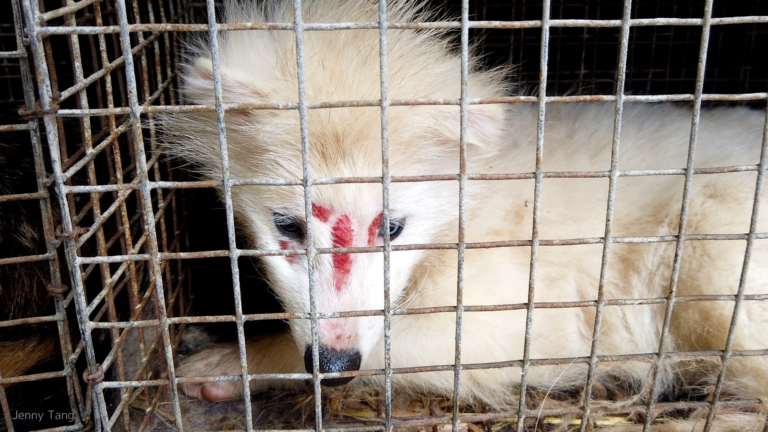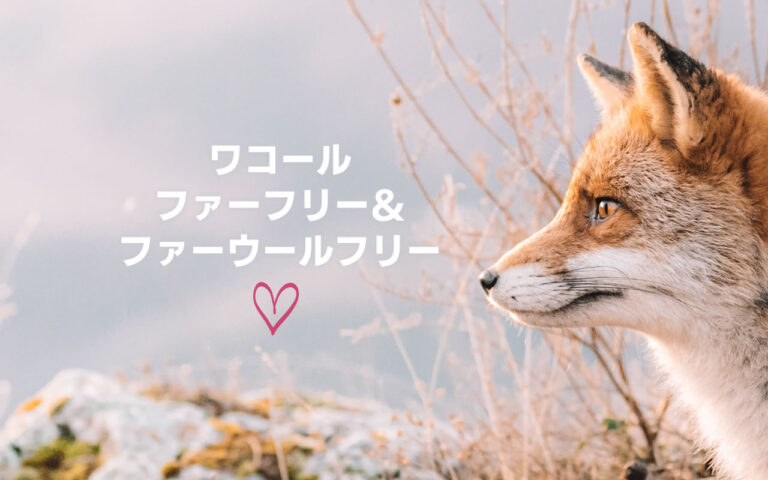From June to July 2022, the Animal Rights Center conducted an awareness survey on fur (animal fur). As a result, 82.8% of people answered that they would not buy fur in the future.
In addition, the characteristics by age and gender are also prominent, and although men in their teens have the coldest attitude toward animals, women in their teens are second to be kind to animals, following those over 60 years old. In other age groups, there is no difference in trends between men and women, but teens seem to have different values.
It is also clear that females generally have a kinder attitude towards animals, while males, especially in the younger generation, have a colder attitude towards animals.
Survey method: WEB survey using WEB monitor of general research company
Survey duration: June 24-July 1, 2022
Number of valid responses: n=1203 (602 men, 602 women)
Are you for or against breeding and killing animals for fur?
32.1% and 33% of males in their teens and 20s were in favor, while 90% of females in their teens were against it, showing a large gap in awareness between men and women.
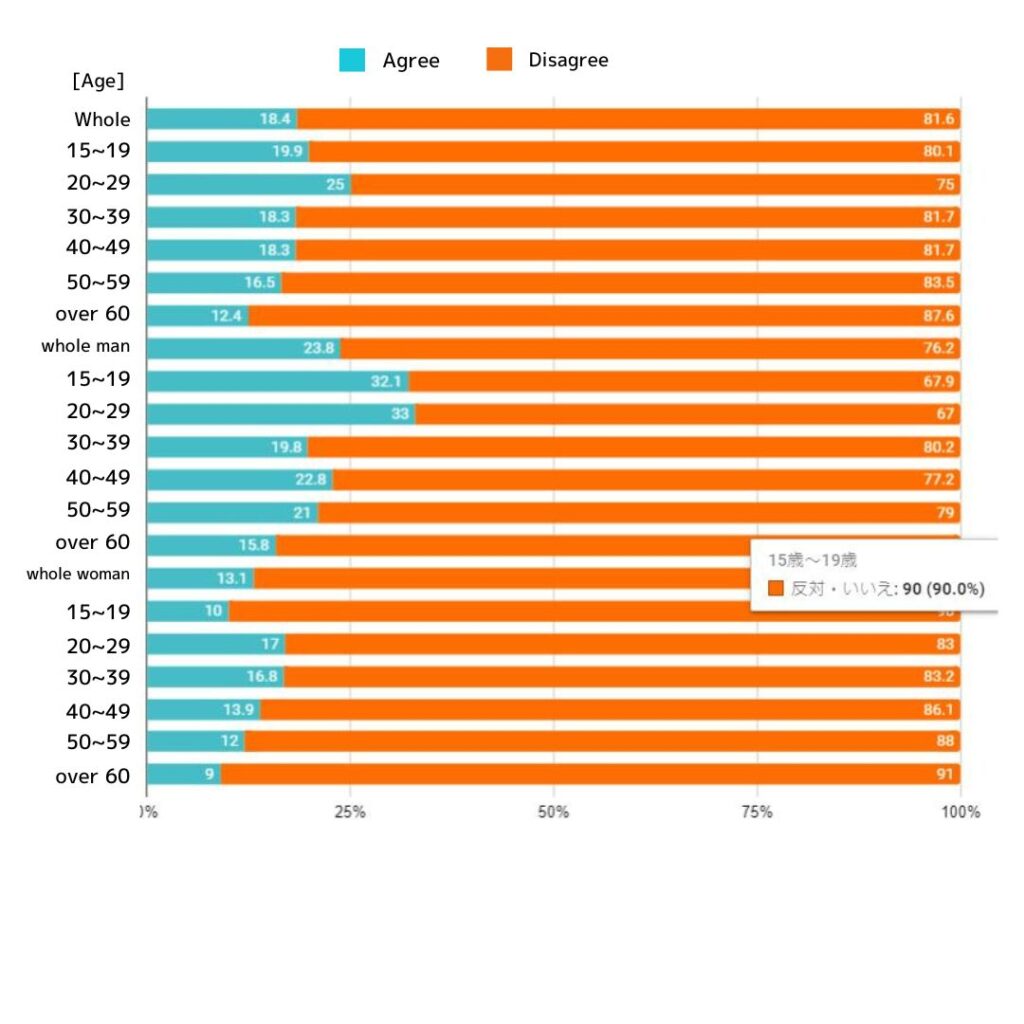
Are you for or against the breeding and killing of animals for fashion?
Overall, 85.8% were against raising and killing animals for fashion, demonstrating a high level of awareness. 4.2% more people feel right to kill animals for fashion than for fur. It seems that there is resistance to making sacrifices for fashion, which has little inevitability.
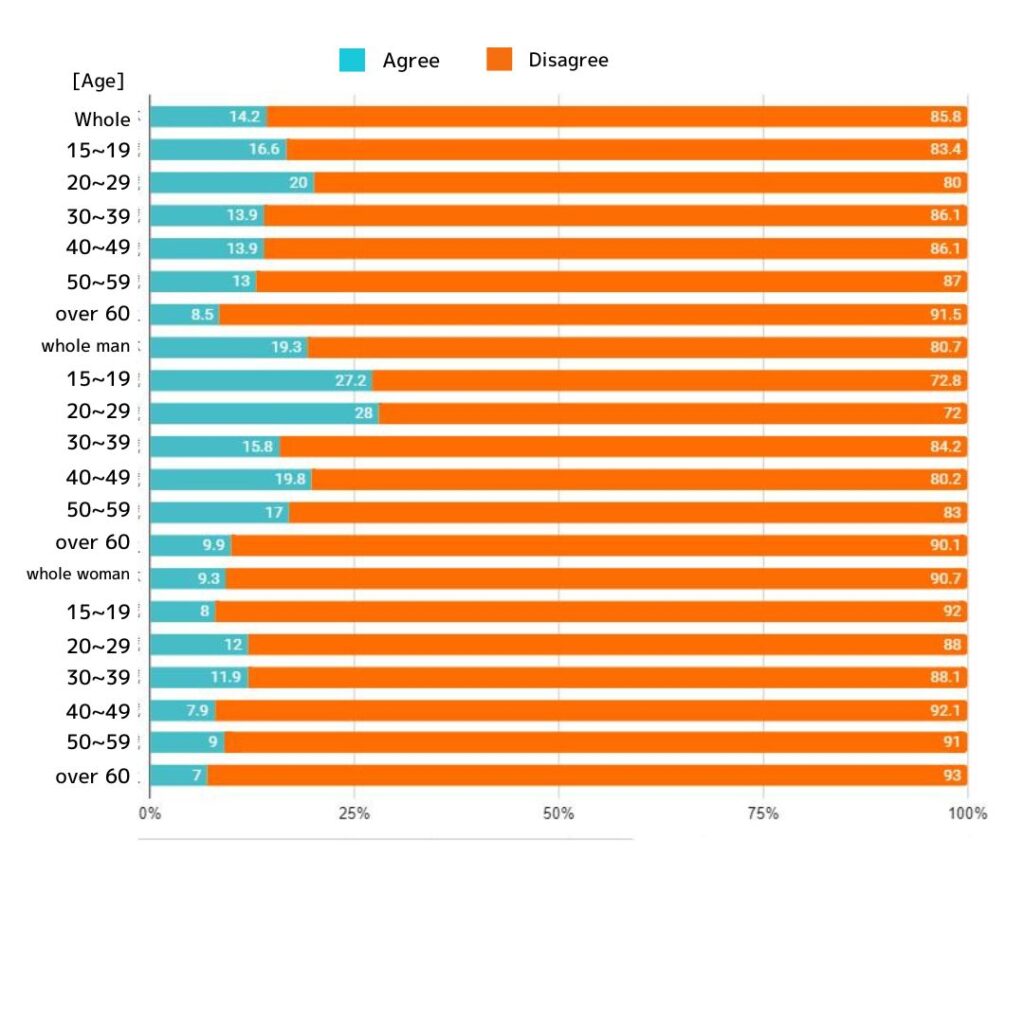
Are you planning to buy animal fur products in the future?
82.8% of respondents said they would not buy fur products in the future. In the 2014 survey, there was the option of “cannot say either way”, and 42.9% of the respondents answered that they would not buy fur(5% said they would, 49.1% said they couldn’t say either way. It can be thought that the people who picked “can’t say either way” were divided into both sides.), which could mean that there are an overwhelming number of people who do not purchase fur when their attitude toward fur is clarified.
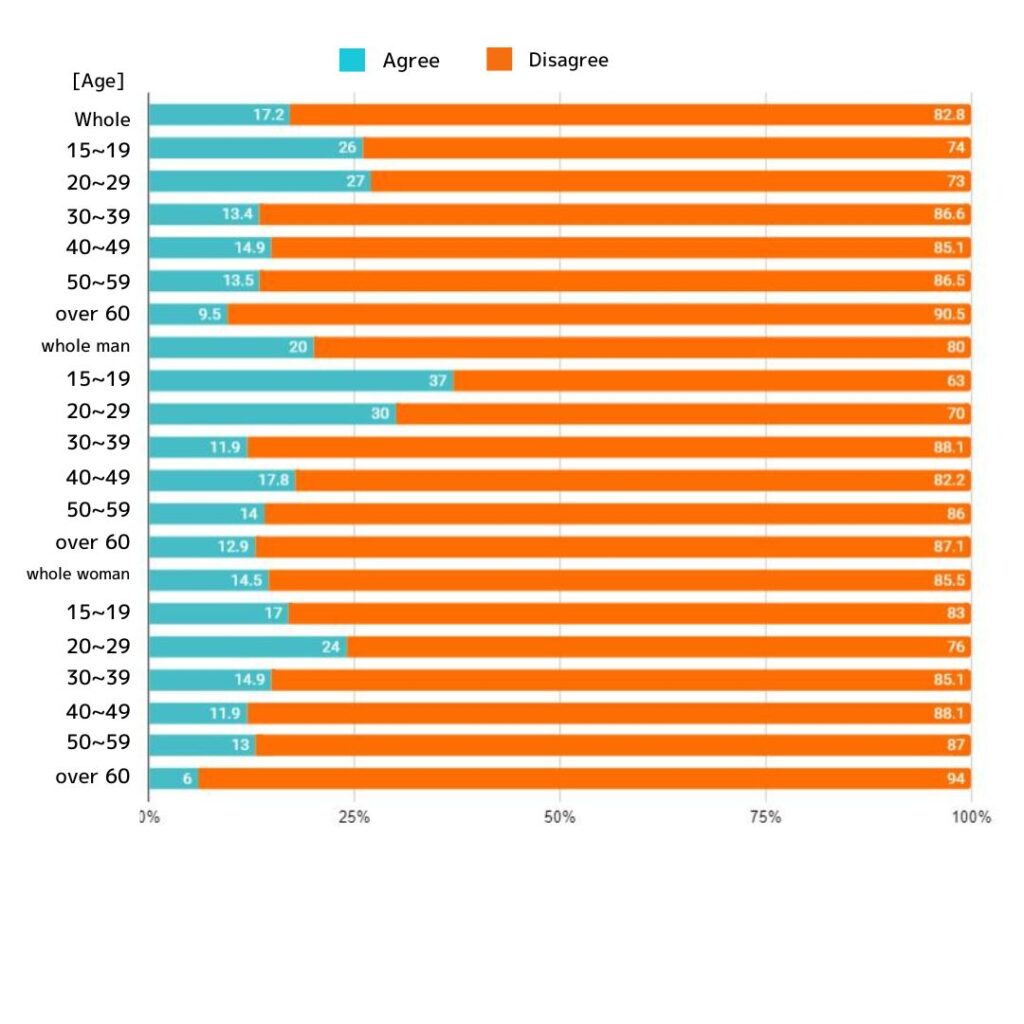
Are you for or against buying clothing with animal fur?
70.2% of people said no, and when asked about their behavior as in the previous question, it was found that the number of people who said they would not buy fur products increased by 17.2%. From these two questions, we can see that even people who hesitate to restrict the behavior of others can change their own behavior.

Currently, even if animal fur is used, there is no obligation to indicate the material on the product tag. Do you think it is necessary to do so?
In Japan, the system was created when fur was considered a luxury item, and product labeling is not compulsory for animal fur. The result shows that 37.9% of respondents felt that this was a problem. As it is irrelevant for those who don’t buy fur, this number cannot be said to be low even if it is less than half. In particular, 76.1% of those in their 60s or older recognize the need for labeling, suggesting that consumers are aware of their right and obligation to make correct choices.
In the case of eco-fur (fur that is not of animal origin), the product is labeled, so it can be determined that it is fur only if there is no label. However, it cannot be said that the needs of consumers are being met, and it is we hope that labeling of which animal’s fur and which country the fur was made in will be made obligatory as soon as possible.

California has decided to ban the sale of fur, and it will come into force next year.Do you agree with banning the sale of animal fur in Japan?
A high proportion of 45.7% of respondents were in favor of banning the sale of animal furs.
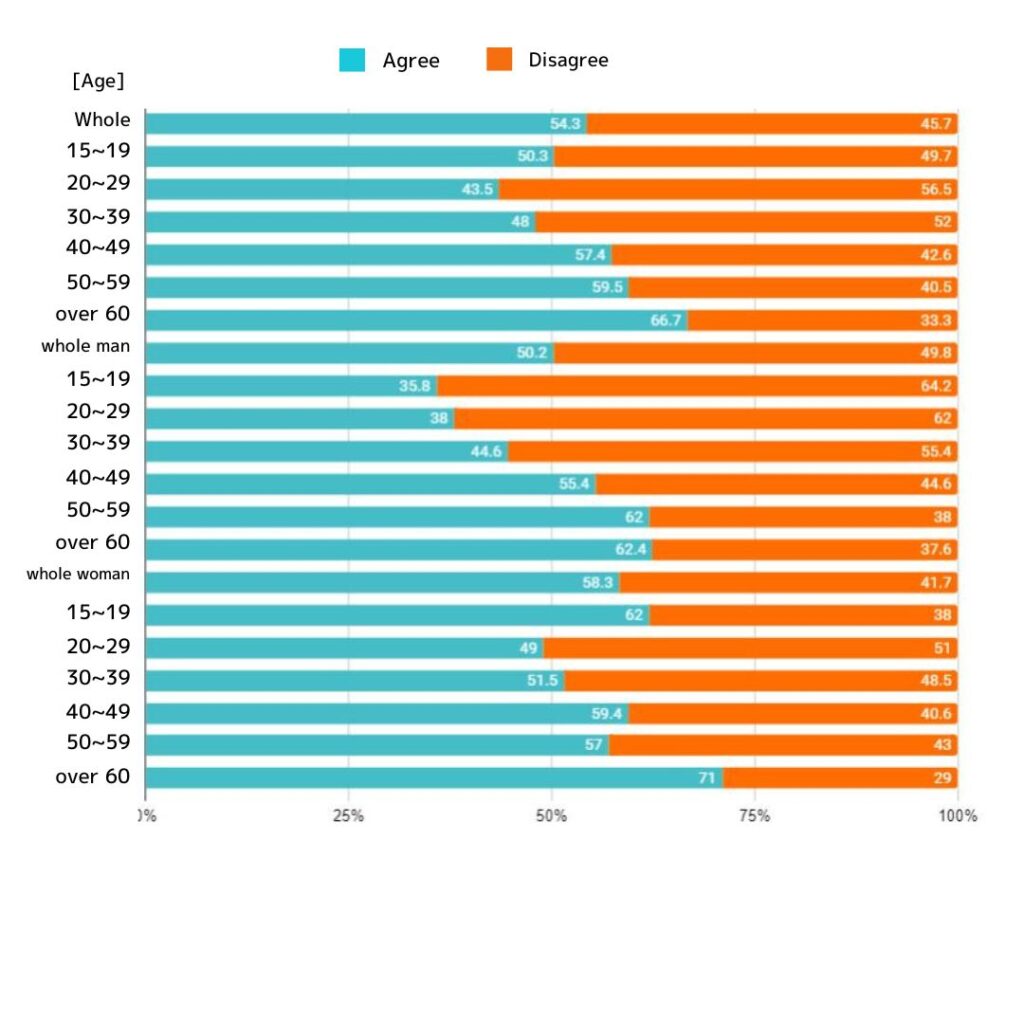
A novel coronavirus mutated virus has emerged on fur farms (intensive mink farms). Do you think fur farms are necessary?
It turns out that 75.5% of people in Japan do not think fur farms are necessary. Japan closed its last commercial fur farms in 2016. However, since it is not legally prohibited, it is necessary for people to continue to express their intentions.

What do you consider important when buying clothes? (Up to 4 can be selected)
When it comes to what people consider important when buying clothes, traditional indicators such as comfort and price stand out, but fur-free, organic, and environmental considerations are also being considered to a certain extent. That said, it’s still a very low number. The biggest threat to the apparel industry at this point may be the people who avoid buying new clothes.

Looking at it by age group, fur-free and animal-free tendencies are as shown in the above question. Teenagers are characterized by a higher tendency to emphasize environmental impact than those in their 20s to 50s, and a high preference for following trends. Overall, there are few people who place importance on brands and trends, and when comparing these preferences with ethical values, currently the ethical values are equal or higher.
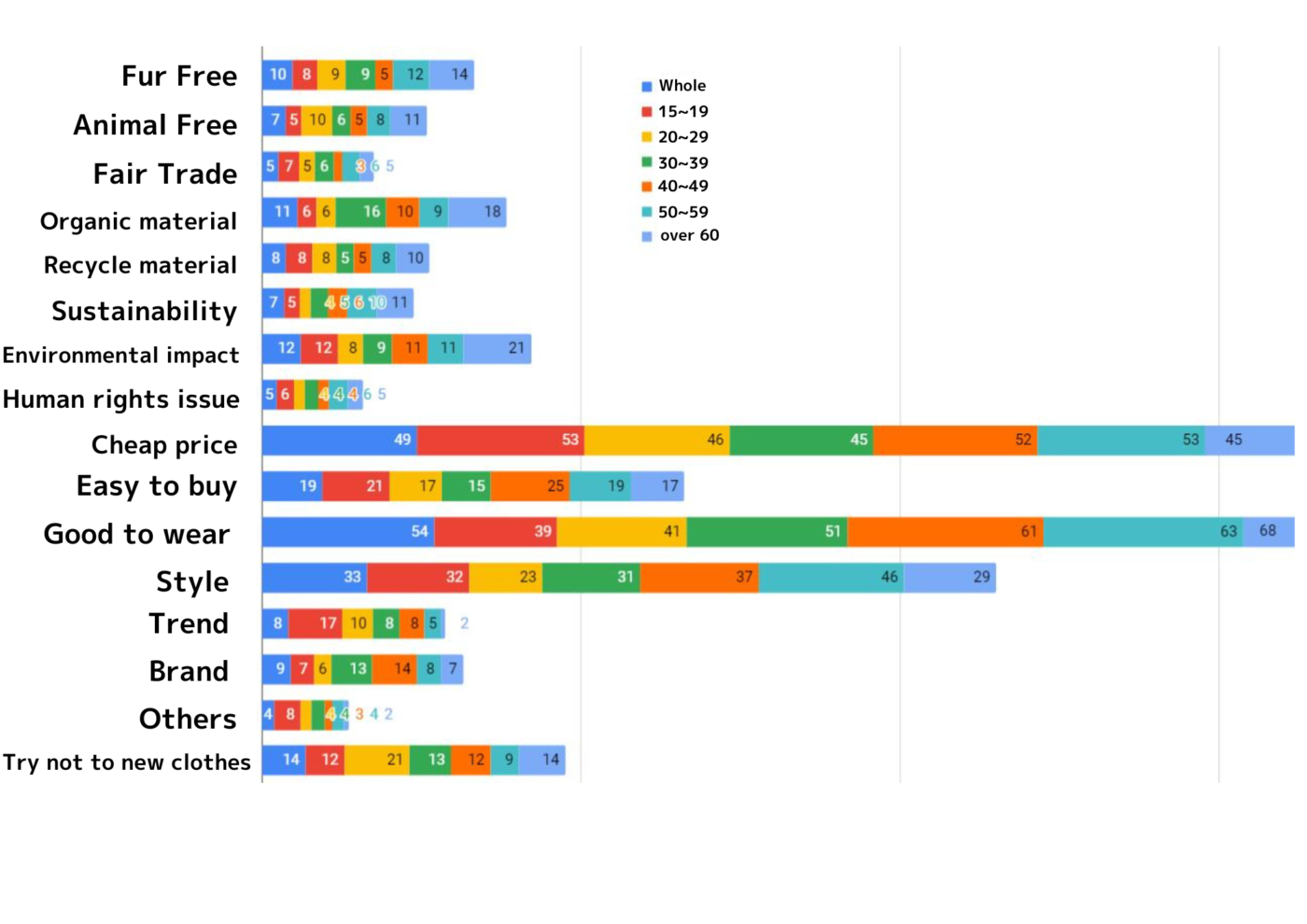
Looking at the male-to-female ratio, it can be seen that females chose more than males (they could select one or more, up to four).



